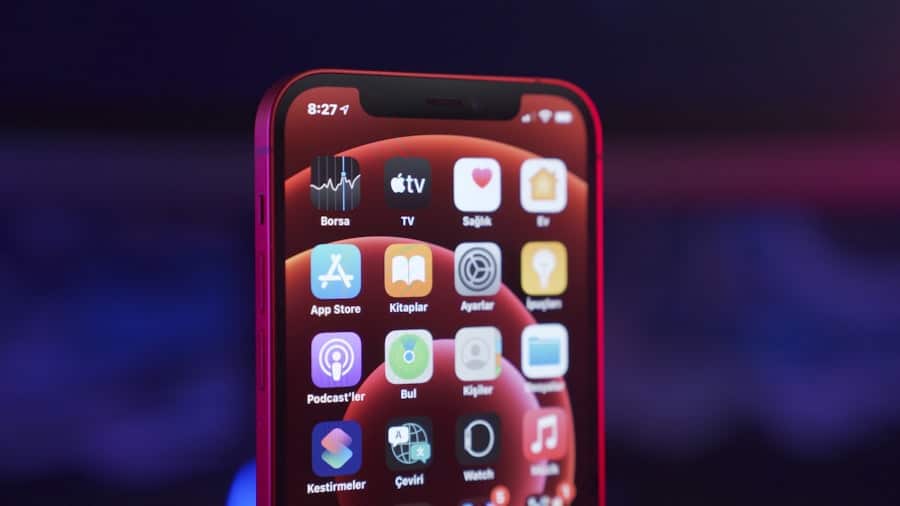In the rapidly evolving landscape of education technology, AI-powered digital flashcards have emerged as a transformative tool for learners of all ages. These innovative learning aids leverage artificial intelligence to enhance the study experience, making it more personalized and efficient. Unlike traditional flashcards, which rely on static information and rote memorization, AI-driven flashcards adapt to the individual needs of each user, optimizing the learning process.
This adaptability is particularly crucial in an era where personalized education is increasingly recognized as a key to effective learning. The integration of artificial intelligence into flashcard systems allows for a more dynamic interaction between the learner and the material. By analyzing user performance, these digital tools can identify strengths and weaknesses, tailoring content to address specific gaps in knowledge.
This not only boosts retention rates but also fosters a deeper understanding of the subject matter. As educational institutions and learners alike seek innovative solutions to enhance learning outcomes, AI-powered digital flashcards stand out as a promising avenue for achieving academic success.
Key Takeaways
- AI-powered digital flashcards use artificial intelligence to enhance the learning experience
- Retention rates are higher with AI-powered digital flashcards due to personalized learning algorithms
- AI-powered digital flashcards work by using algorithms to track user progress and adapt to individual learning styles
- Case studies show significant improvement in retention and learning outcomes with AI-powered digital flashcards
- AI-powered digital flashcards outperform traditional flashcards in terms of personalization and adaptability for individual learning styles
- The future of AI-powered digital flashcards is promising, with potential for further customization and integration with other learning tools
- Tips for using AI-powered digital flashcards effectively include setting specific goals and using them consistently
- AI-powered digital flashcards have a significant impact on education and learning, improving retention rates and overall learning outcomes
The Science Behind Retention Rates and Learning
Understanding how people learn and retain information is a complex field that combines psychology, neuroscience, and education theory. Research has shown that active engagement with material significantly enhances retention rates. Techniques such as spaced repetition—where information is reviewed at increasing intervals—have been proven to improve long-term memory retention.
This principle is foundational in the design of AI-powered digital flashcards, which utilize algorithms to determine the optimal timing for reviewing specific concepts based on individual performance. Moreover, cognitive load theory suggests that learners can only process a limited amount of information at one time. AI-powered flashcards help mitigate cognitive overload by breaking down complex topics into manageable chunks.
By presenting information in bite-sized pieces and allowing users to focus on one concept at a time, these tools facilitate deeper cognitive processing. This approach not only aids in memorization but also encourages critical thinking and application of knowledge, leading to a more comprehensive understanding of the subject matter.
How AI-Powered Digital Flashcards Work
The functionality of AI-powered digital flashcards is rooted in sophisticated algorithms that analyze user interactions and learning patterns. When a learner engages with the flashcards, the system tracks their responses, noting which cards are answered correctly or incorrectly. This data is then used to adjust the frequency and timing of card presentations, ensuring that users are revisiting challenging concepts more often while allowing them to progress through easier material at a faster pace.
Additionally, many AI-powered flashcard systems incorporate natural language processing (NLP) capabilities, enabling them to understand and generate content in a way that mimics human interaction. This allows for the creation of contextually relevant questions and answers, enhancing the learning experience. For instance, if a user struggles with a particular term or concept, the system can generate additional related questions or provide explanations in simpler language.
This level of customization not only keeps learners engaged but also promotes a more effective study routine tailored to their unique needs.
Case Studies and Success Stories
Numerous educational institutions and individual learners have reported significant improvements in academic performance through the use of AI-powered digital flashcards. For example, a study conducted at a prominent university found that students who utilized an AI-driven flashcard app for their exam preparation scored an average of 15% higher than their peers who relied on traditional study methods. The students attributed their success to the app’s ability to adapt to their learning pace and provide timely reviews of challenging material.
Another compelling case comes from high school students preparing for standardized tests. A group of students using an AI-powered flashcard platform noted not only improved test scores but also increased confidence in their knowledge retention. The platform’s ability to analyze their performance over time allowed them to focus their efforts on weaker areas, ultimately leading to a more balanced understanding of the test material.
These success stories highlight the tangible benefits of integrating AI technology into educational practices, showcasing its potential to revolutionize how students learn.
Comparison with Traditional Flashcards
When comparing AI-powered digital flashcards with traditional paper-based flashcards, several key differences emerge that underscore the advantages of the former. Traditional flashcards often rely on a one-size-fits-all approach, where learners must manually create and organize their cards without any guidance on what content is most relevant or challenging for them. In contrast, AI-powered flashcards offer a tailored experience that evolves based on user interactions, making them far more effective for personalized learning.
Moreover, traditional flashcards lack the interactive features that many digital platforms provide. For instance, digital flashcards can incorporate multimedia elements such as images, audio clips, and videos, enriching the learning experience and catering to various learning styles. Additionally, the ability to access these cards from multiple devices ensures that learners can study anytime and anywhere, making it easier to integrate learning into their daily routines.
This flexibility is particularly beneficial for busy students who may struggle to find dedicated study time.
The Future of AI-Powered Digital Flashcards
As technology continues to advance, the future of AI-powered digital flashcards looks promising. Emerging trends suggest that these tools will become even more sophisticated, incorporating features such as augmented reality (AR) and virtual reality (VR) to create immersive learning experiences. Imagine using AR to visualize complex scientific concepts or historical events while studying with digital flashcards—this could revolutionize how students engage with content.
Furthermore, as machine learning algorithms become more refined, AI-powered flashcards will likely offer even greater personalization capabilities.
This predictive capability could lead to unprecedented levels of academic achievement as learners receive support tailored precisely to their evolving needs.
Tips for Using AI-Powered Digital Flashcards Effectively
To maximize the benefits of AI-powered digital flashcards, learners should adopt specific strategies that enhance their study sessions. First and foremost, consistency is key; regular engagement with flashcards can reinforce memory retention and facilitate long-term learning. Setting aside dedicated time each day for review can help establish a routine that promotes effective studying.
Additionally, learners should take advantage of the customization features offered by many AI-powered platforms. By actively engaging with the content—such as creating personalized cards or adding notes—students can deepen their understanding and make connections between concepts. Utilizing spaced repetition effectively is also crucial; learners should trust the algorithm’s recommendations for review timing rather than cramming all material at once.
The Impact on Education and Learning
The advent of AI-powered digital flashcards marks a significant shift in educational methodologies, offering innovative solutions that cater to diverse learning needs. By harnessing the power of artificial intelligence, these tools not only enhance retention rates but also foster a more engaging and personalized learning experience. As educational institutions continue to embrace technology in their curricula, AI-powered flashcards are poised to play an integral role in shaping the future of education.
The impact of these tools extends beyond individual learners; they have the potential to transform entire educational systems by promoting equity in access to quality learning resources. As we move forward into an increasingly digital world, embracing such advancements will be essential for preparing students for success in their academic pursuits and beyond. The journey toward personalized education is just beginning, and AI-powered digital flashcards are leading the way toward a more effective and inclusive learning environment for all.
A related article to How AI-Powered Digital Flashcards Are Improving Retention Rates can be found in this article that discusses how smartwatches are revolutionizing the workplace.
Both articles highlight the positive impact that technology can have on different aspects of our lives.
FAQs
What are AI-powered digital flashcards?
AI-powered digital flashcards are a modern adaptation of traditional paper flashcards, using artificial intelligence to enhance the learning experience. These digital flashcards utilize algorithms to personalize the learning process and improve retention rates.
How do AI-powered digital flashcards improve retention rates?
AI-powered digital flashcards use algorithms to track a learner’s progress and adapt the content based on their performance. This personalized approach helps to reinforce learning and improve retention rates by targeting areas of weakness and providing spaced repetition.
What is spaced repetition and how does it benefit learning?
Spaced repetition is a learning technique that involves reviewing information at increasing intervals to improve long-term retention. AI-powered digital flashcards utilize spaced repetition to optimize the timing of reviewing content, leading to better retention and recall of information.
What are the advantages of using AI-powered digital flashcards over traditional flashcards?
AI-powered digital flashcards offer several advantages over traditional flashcards, including personalized learning experiences, adaptive content, real-time feedback, and the ability to track and analyze learning progress. These features contribute to improved retention rates and a more efficient learning process.



